- Full safety suite across the range
- Funky design inside and out
- CVT is one of the best we've driven
- Problematic wireless CarPlay
- Value equation isn't convincing
- No rear air vents
The 2021 Hyundai Kona has proven so popular that the Korean brand has been busy expanding the range. With the recent facelift we saw the introduction of the N Line and N Line Premium specs, which both add a dash of N styling to accompany the sporty 1.6-litre turbocharged engine, and more recently the full-fat Kona N. The latter tops the range with a fiery 213kW/392Nm 2.0-litre turbocharged four-cylinder engine and eclipses the $50K barrier for the first time in the Kona lineup.
Yet, it’s not these sporty variants that will make up the bulk of Kona sales. The entry models provide honest, wallet-friendly options is the small SUV segment and the facelift has made the Kona even more compelling with the entire range now scoring Hyundai’s SmartSense safety equipment as standard kit. We spent some time in the second-tier Kona Active to see what life is like in one of the most popular models in the range.
Price & Specs: 7.5/10
The 2021 Hyundai Kona Active retails for $28,200 and sits at the lower end of the 2.0-litre Kona range – which starts with the Kona ($26,600), then the Kona Active, followed by the Kona Elite ($31,600) before jumping notably to the Kona Highlander ($38,000).
| 2021 Hyundai Kona Active CVT | |
|---|---|
| Price (RRP): | $28,200 (plus $595 paint) |
| Doors and Seats: | 5 doors, 5 seats |
| Power and Torque: | 110kW/180Nm |
| Transmission: | Continuously Variable |
| Fuel Consumption | 6.2L/100km claimed, 7.2L/100km as tested |
| Warranty: | 5 year/unlimited kilometre |
| Service pricing (five years/75,000km): | $1,595 ($319 per service) |
All 2021 Hyundai Kona variants now come with autonomous emergency braking (AEB) with pedestrian and cyclist detection, lane-keep assist, lane-follow assist and front, front-side and curtain airbags as standard kit – a big tick for the small SUV.
The Active juggles value of the base models with a bit more kit from the Elite. Standard kit includes an 8.0-inch touchscreen infotainment system with wireless Android Auto and Apple CarPlay, a six-speaker sound system, a 4.2-inch digital driver’s display, wireless phone charging, tyre pressure monitoring, automatic headlights, a reversing camera with rear parking sensors, and adaptive cruise control with stop and go.
Comfort wise you get manual air conditioning, a leather steering wheel and gear knob, leather upholstery and a rear centre armrest. Outside you’re treated with privacy glass, electric folding mirrors, LED daytime running lights and 17-inch alloy wheels.
At this point in the range the sole power option is a 2.0-litre naturally-aspirated four-cylinder petrol engine that sends power to the front wheels. Those wanting all-paw traction will need to step up to one of the N Line twins (but not the hero N). It’s also worth noting that where the N Line models gets multi-link rear suspension and bigger 305mm ventilated front brakes, the 2.0-litre models make do with smaller 280mm brakes and a torsion-beam rear axle.
The 2021 Kona Active competes with the likes of the Mitsubishi ASX GSR for $30,990 and Mazda CX-3 sTouring automatic for $31,090. The Mitsubishi might be ancient by class standards but it packs a lot of equipment for the money. The ASX GSR highlights include a large 2.4-litre engine, multi-link rear suspension, 18-inch alloy wheels, automatic LED headlights and tail lights, rain sensing wipers, microsuede and leatherette upholstery, a proximity key, an alarm system, multi-link rear suspension, and Mitsubishi’s full active safety suite. The Mazda CX-3 similarly scores 18-inch alloys, automatic LED headlights and tail lights, rain sensing wipers, automatic single-zone climate control, cloth and leatherette upholstery, a proximity key, and Mazda’s full safety suite minus high-speed AEB. It’s worth noting that of this trio, only the Hyundai offers adaptive cruise control and high-speed AEB.
Our Kona Active was finished in ‘Dark Knight’ metallic paint for $595 – the sole option in the Kona range – bringing the total drive away cost in NSW at the time of writing to $32,467. For similar money, both the ASX and the CX-3 offer a fuller standard equipment spec sheet than the Kona Active.
Performance & Economy: 7.0/10
The 2021 Hyundai Kona Active comes equipped with a naturally-aspirated 2.0-litre four-cylinder petrol engine producing 110kW/180Nm. Those figures are sent to the front wheels by a continuously variable transmission (CVT) rather than the prefacelift’s six-speed automatic.
The power figure is favourable in the class, but the torque is average at best. You’d think this pairing with a power-sapping CVT would be a recipe for disaster but we turned out to be pleasantly surprised. In other naturally-aspirated CVTs we’ve driven, including the Nissan Qashqai and the Mitsubishi ASX, it felt as through the gearbox turned more of the power into noise than anything else. The Kona may still be on the noisy side under heavy acceleration but the amount of throttle pressure is generally met with your expectation of go. It’s decidedly satisfying for a 2.0 with a CVT – at least up to about 80% of throttle.
“You’d think this pairing with a power-sapping CVT would be a recipe for disaster but we turned out to be pleasantly surprised.”
When you’re not mashing the peddle, the drivetrain does what it should best and goes about its business in a quiet and fuss-free manner. Low speed drivability is better than you’ll experience in most dual-clutch units (including the Kona N-Line’s DCT) and the CVT does a fantastic job of pretending to be a conventional auto. It never exhibits the tardiness we’ve come to expect from other manufacturers’ CVTs and the only competitor with a similarly satisfying CVT happens to be the Kona’s brother from another mother – the Kia Seltos. Hats off to the Hyundai conglomerate for bringing an efficient and refined CVT to the market right off the bat. The Mazda CX-3 just takes the cake from the Kona in terms of performance and drivability thanks to its heftier 195Nm of torque. Its seemingly old fashioned six-speed conventional automatic also plays a role in helping the lighter CX-3 feel sportier and more eager.
“Low speed drivability is better than you’ll experience in most dual-clutch units (including the Kona N-Line’s DCT) and the CVT does a fantastic job of pretending to be a conventional auto.”
Where the CVT should help the Kona pip the competition is fuel economy. It claims to return 6.2L/100km and we saw that figure sit at a very respectable 7.2L/100km in our time with it. It easily beats the ASX and its CVT for everyday drivability as well as fuel economy.
Ride & Handling: 8.0/10
The 2021 Hyundai Kona, like most of Hyundai’s recent models, receives a bespoke suspension and steering tune for Australia. You really notice a theme when you drive a lot of Hyundai’s products where there’s a comfortable softness that allows the car to soak up bigger bumps but with an underlying firmness so that the car recovers and settles quickly. The same applies to the Kona.
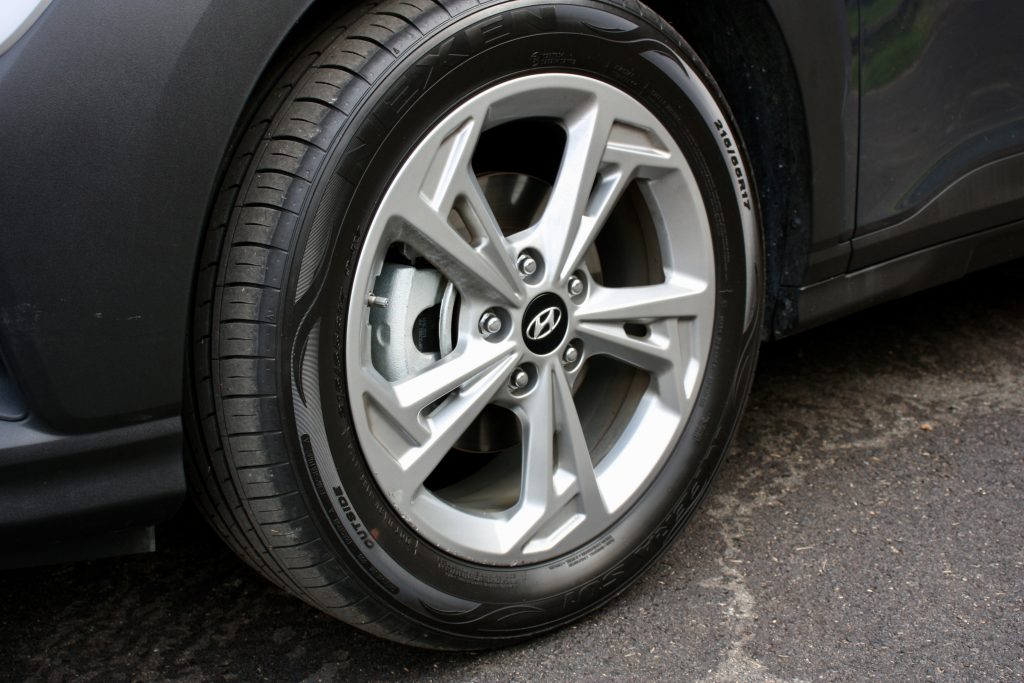
Potholes and the like are dealt with with ease and never allows major intrusions to be felt in the cabin. The chubby sidewalls, courtesy of the modest 17-inch alloys in the Active, likely also play a part in helping the Kona to feel settled, easily offering a more convincing ride than the Mazda CX-3 and Mitsubishi ASX. Those who drive longer distances should note that the wind and noise noise isn’t as hushed in the Kona than the Mazda CX-3, but easily quieter than the Mitsubishi ASX.
“…helping the Kona to feel settled, easily offering a more convincing ride than the Mazda CX-3 and Mitsubishi ASX.”
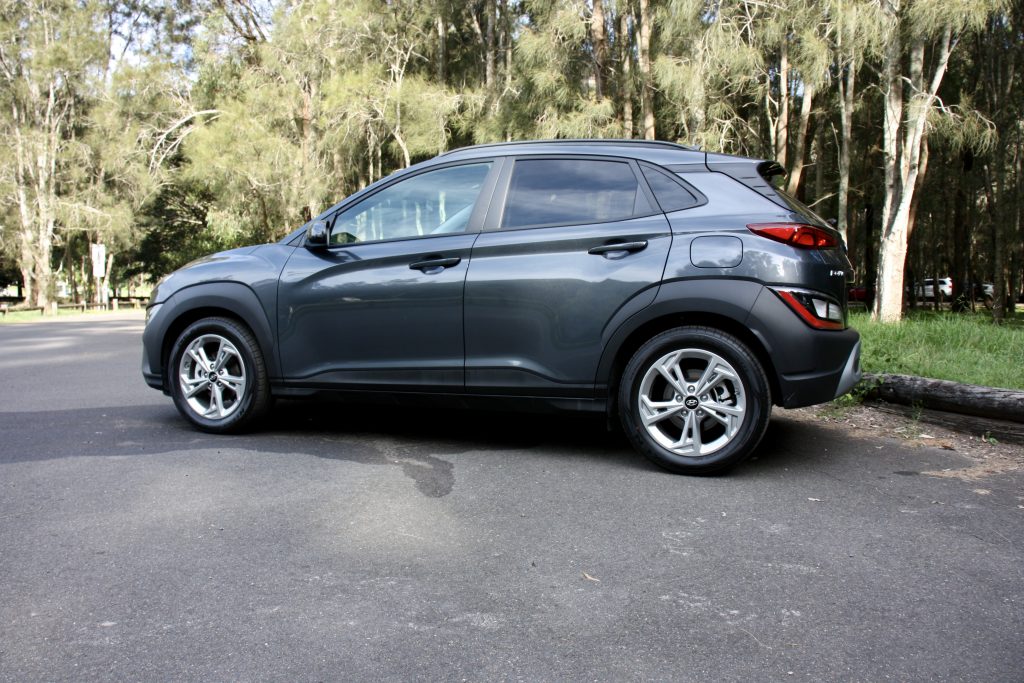
The Kona’s size and composure means it can be a rather fun little SUV to punt around a corner. It handles itself better than you’d expect but the Mazda CX-3 again takes the cake for spirited driving – offering better feedback, agility and less body roll. If you have you heart set on a Kona but want a bit of extra poke, the Kona N-Line swaps the aforementioned torsion beam rear suspension for a more sophisticated multi-link setup that aids handling and comfort.
“If you have you heart set on a Kona but want a bit of extra poke, the Kona N-Line swaps the aforementioned torsion beam rear suspension for a more sophisticated multi-link setup that aids handling and comfort.”
Interior & Practicality: 7.5/10
The 2021 Hyundai Kona might be considered a small SUV but it offers a generous interior and the vast range of models make it easy enough to find a Kona that fits your needs. With this being the Active, it is a little on the basic side of things but it comes with everything you need.
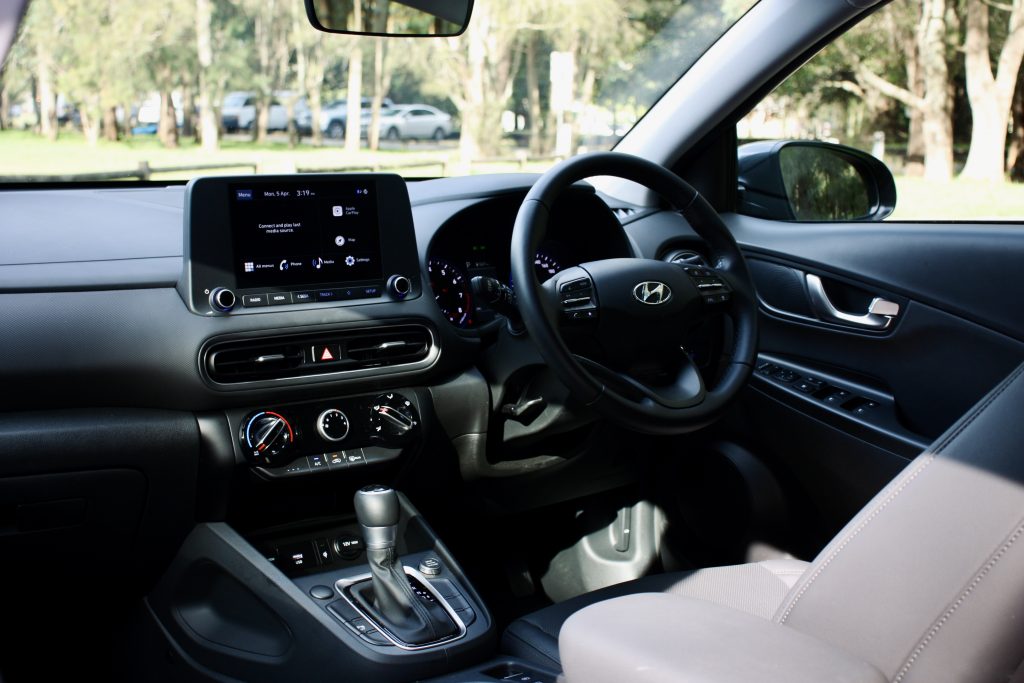
Where higher-end Konas struggle to prove their worth in regards to materials and finish in the cabin, the presentation is acceptable (if not great) for the price of the Active. The bulk of the materials used are hard plastics, although at least the plastics on the upper portions of the dash and doors feel reasonably sturdy. There’s a piece of soft trim at the very front of the dash, a leather steering wheel and gear selector and padded armrests to round out the more forgiving materials used inside. The seats are also trimmed in leather – not bad considering its price point.
“Where higher-end Konas struggle to prove their worth in regards to materials and finish in the cabin, the presentation is acceptable (if not great) for the price of the Active.”
Technology highlights include a 4.2-inch digital driver’s display that houses trip computer information, active safety systems and a digital speedo. The 8.0-inch touchscreen infotainment system is hooked up to a reasonable six-speaker sound system and offers digital radio, wireless Apple CarPlay and Android Auto. The screen looks rather dumpy in its execution with a wide plastic bezel that looks like it’s designed to remind you that you didn’t pick the higher grade with the glorious 10.25-inch screen. The wide bezels aren’t even used for hot keys, with the physical buttons all placed below the screen. Admittedly, it is easy enough to use and packs everything most would want from their infotainment other than built-in navigation, but it’s not that black and white.
“The screen looks rather dumpy in its execution with a wide plastic bezel that looks like it’s designed to remind you that you didn’t pick the higher grade with the glorious 10.25-inch screen.”
Pairing the wireless Apple CarPlay or Android Auto setup with a wireless phone charger may seem up to the minute in terms of in-car infotainment but the Kona’s system proved problematic in our time with the car. Like other wireless CarPlay systems we’ve experienced, the Kona’s is laggy by comparison to a wired setup – often taking longer than expected to respond to inputs or commands. While that’s not a dealbreaker, the system would also frequently become unresponsive and ask you to reconnect your phone despite your phone being connected. What’s worse is that with its wireless CarPlay setup, Hyundai doesn’t give you the backup of being able to use it with wired CarPlay. For that reason alone we recommend stretching for a Kona that comes with the 10.25-inch touchscreen.
“…the system would also frequently become unresponsive and ask you to reconnect your phone despite your phone being connected.”
Technology bugs aside, the Kona has a logically laid out and practical cabin with plenty of storage for your bits and pieces. There’s the aforementioned wireless phone charger in front of the gear selector, a deeper section to store other loose items, two generous cup holders, and another storage area behind that. The centre console, door bins and glovebox are all also decently sized.
374-litre boot with rear seats in place 1,156-litre boot with rear seats folded
Read seat occupants are treated to a good amount of head, knee and toe room although you’re best limiting the bench to two adults for longer trips. The rear seat passengers also get a USB-A port, netted storage behind the front seats, bottle holders and a flip-down armrest with two cupholders. It is a shame to see rear air vents missing in a car that could otherwise make for a very comfortable four seater. The Kona’s boot can swallow a reasonable 374 litres with the seats up and 1,156 litres with the seats folded flat. It also offers a shopping bag hook, a pocket on the side, a net to keep your items from flying around and a full-size spare wheel under the floor.
“It is a shame to see rear air vents missing in a car that could otherwise make for a very comfortable four seater.”
The Mazda CX-3 can’t compete with the Kona for rear seat or boot space thanks to its diminutive dimensions while the Mitsubishi ASX actually offers slightly more boot space but at the cost of rear passenger legroom. Interior materials and finish also favours the Mitsubishi – which offers more yielding touch points – but it ultimately feels much older inside than the funky Kona or the classy Mazda.
Running Costs & Warranty: 8.0/10
The 2021 Hyundai Kona Active comes with Hyundai’s five-year and unlimited kilometre warranty. A lot of manufacturers are playing catch up in the warranty department, including the Mazda and Mitsubishi. The CX-3 is covered by an identical five-year/unlimited kilometre warranty while Mitsubishi offers up to 10 years or 200,000km of coverage with the caveat that you must service your ASX on time with a Mitsubishi dealership.
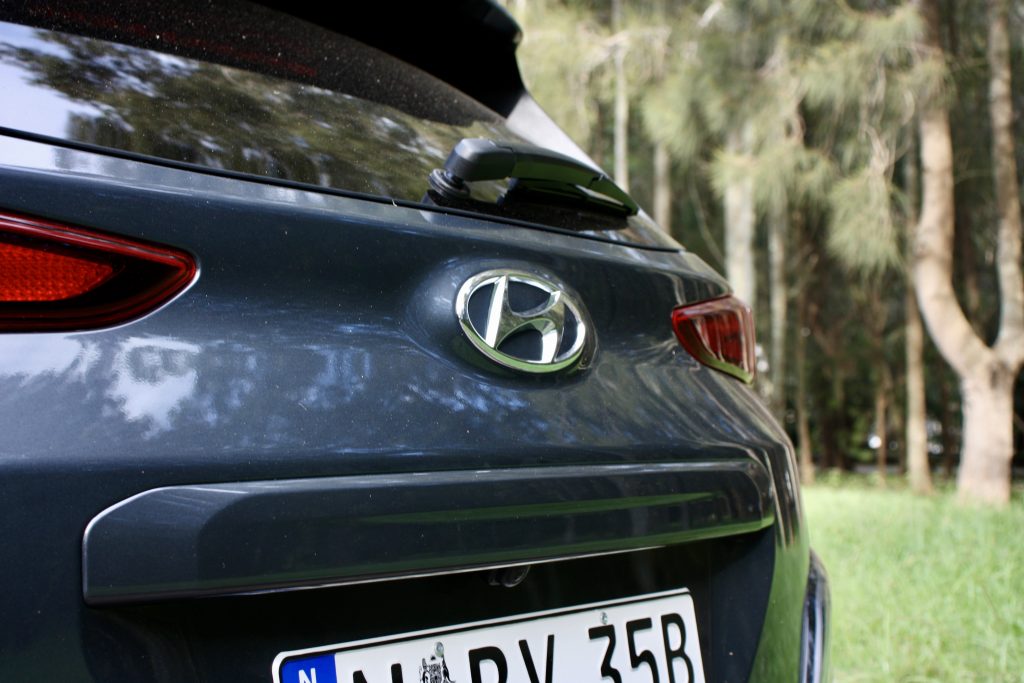
Hyundai does however win with roadside assistance. The Kona offers 12 months from new but coverage is extended by 12 months with every visit to a Hyundai service centre up to a total of 10 years. Mitsubishi and Mazda offer a maximum of four and five years respectively.
Servicing is required annually or every 15,000km and will set you back $1,595 over five years. This averages out to $319 per service which is pretty reasonable when compared to the Mazda CX-3 – which costs $1,775 to service over five years. It’s also worth keeping in mind that the Mazda requires attention every 10,000km, so the average Australian will need to visit a Mazda dealer more regularly.
2021 Hyundai Kona Active DiscoverAuto Rating: 7.6/10
The 2021 Hyundai Kona Active does a lot to warrant its success in the Australian market. It’s funky, practical and drives well for the class while being friendly on the wallet. There are rivals that offer more kit for your dollar but at the cost of either space, design or drivetrains. Also, we warn those who regularly use smartphone mirroring to try before you buy as the connectivity gremlins are enough to drive anyone mad. We hope Hyundai resolves this issue sooner than later.
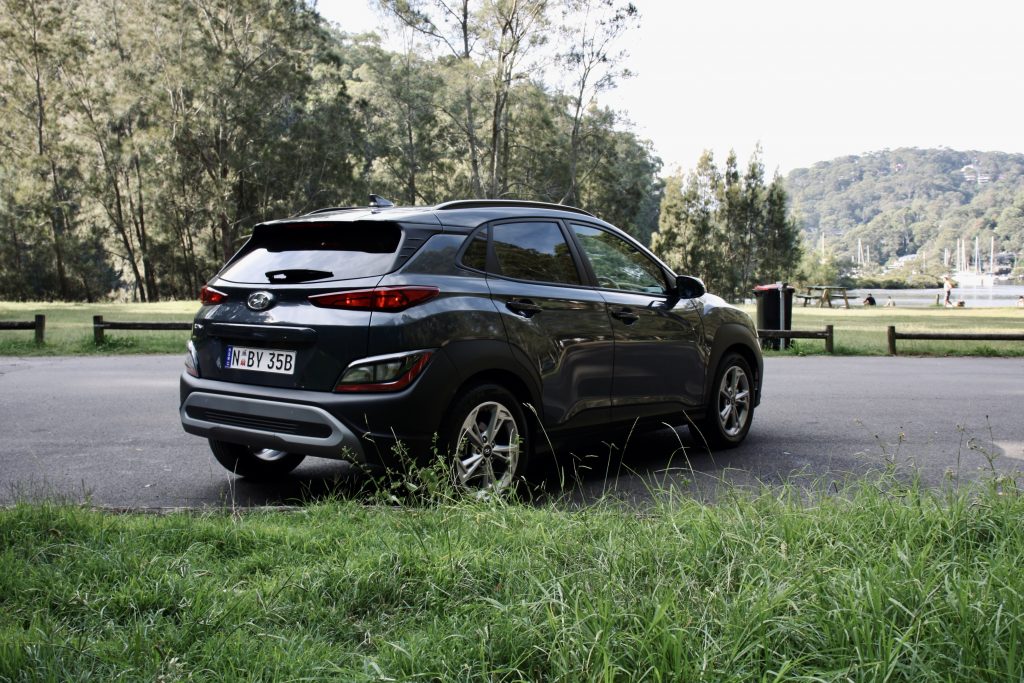
More: Hyundai Kona News and Reviews
More: Latest Hyundai News and Reviews
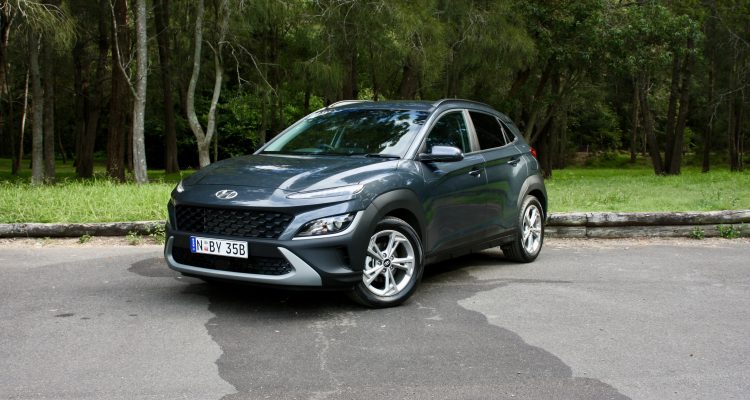
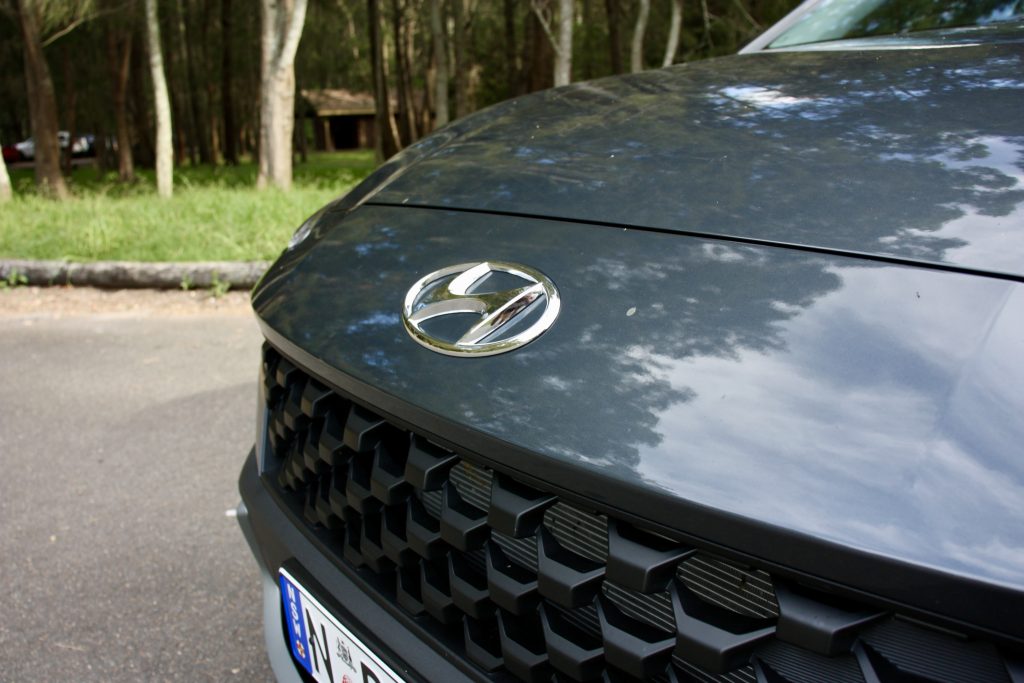
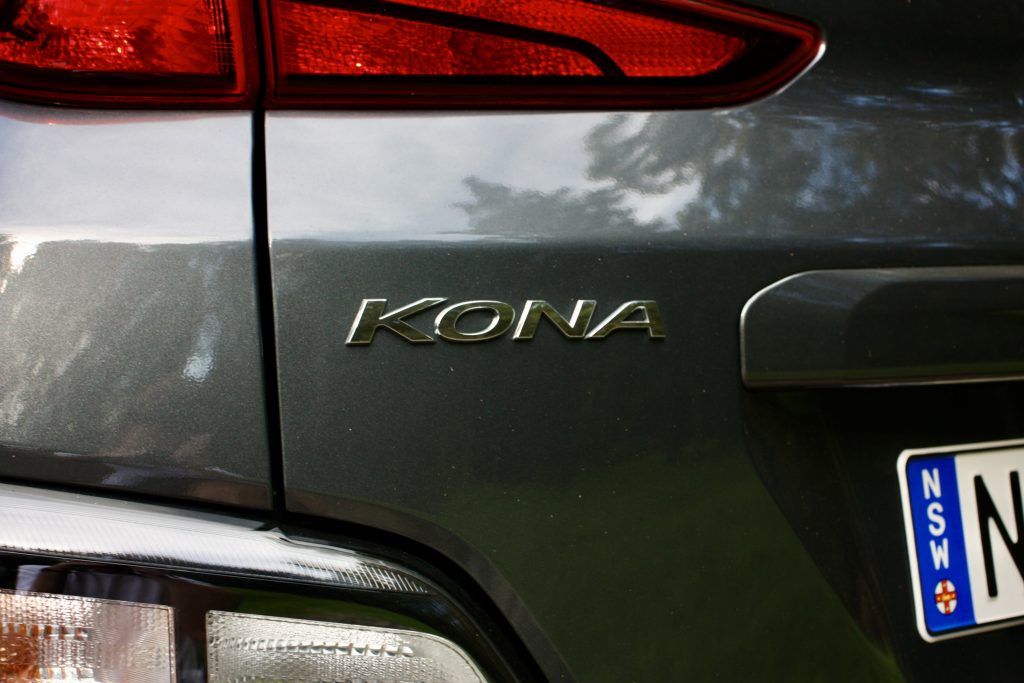
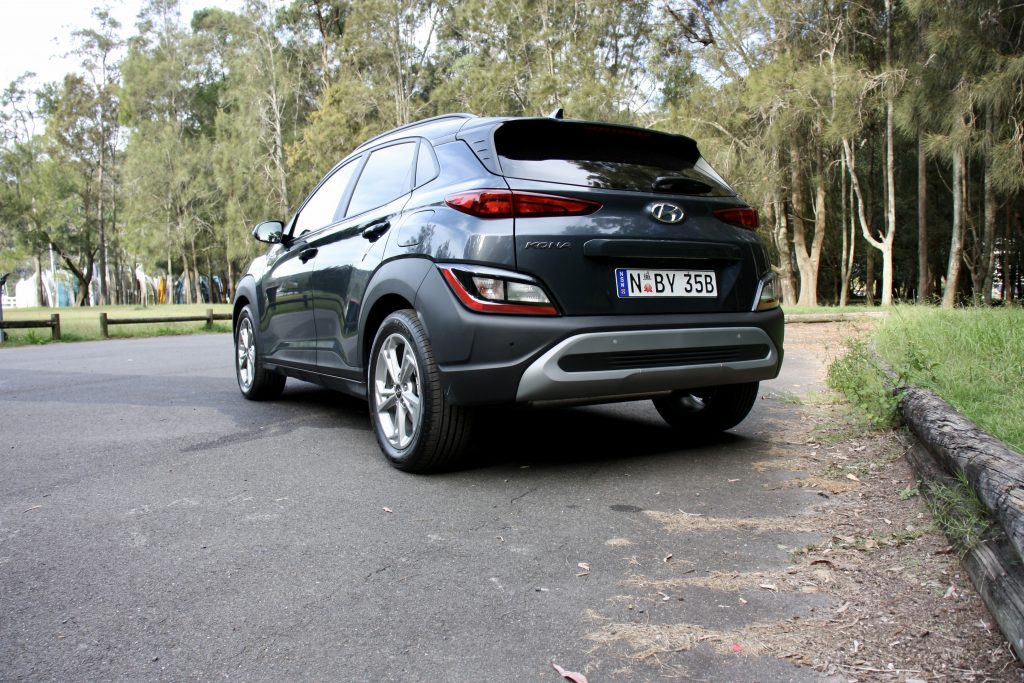
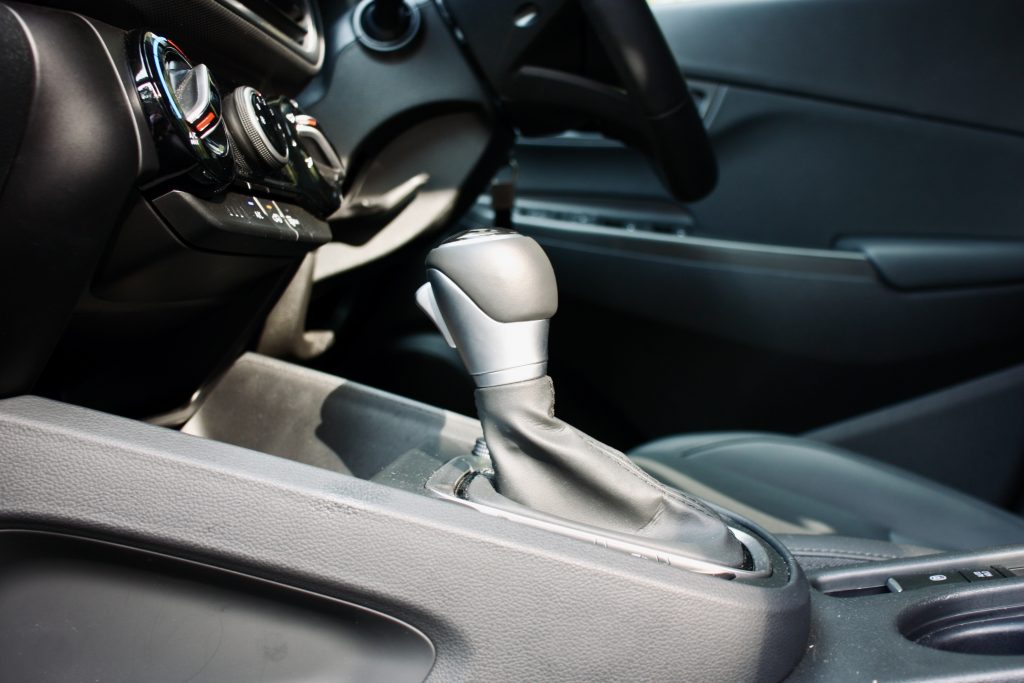
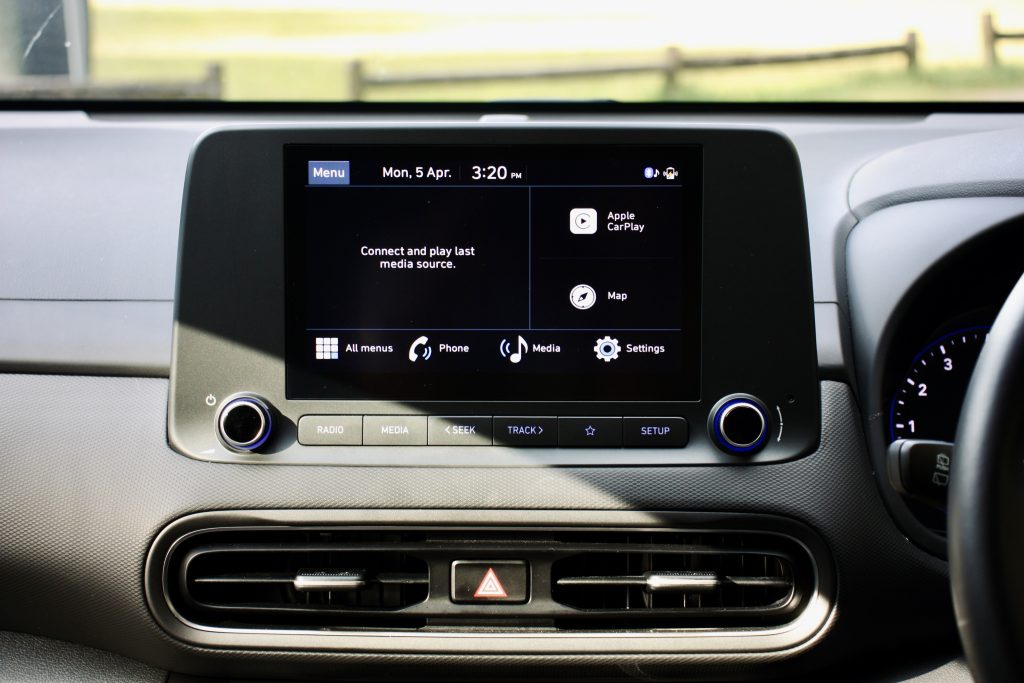
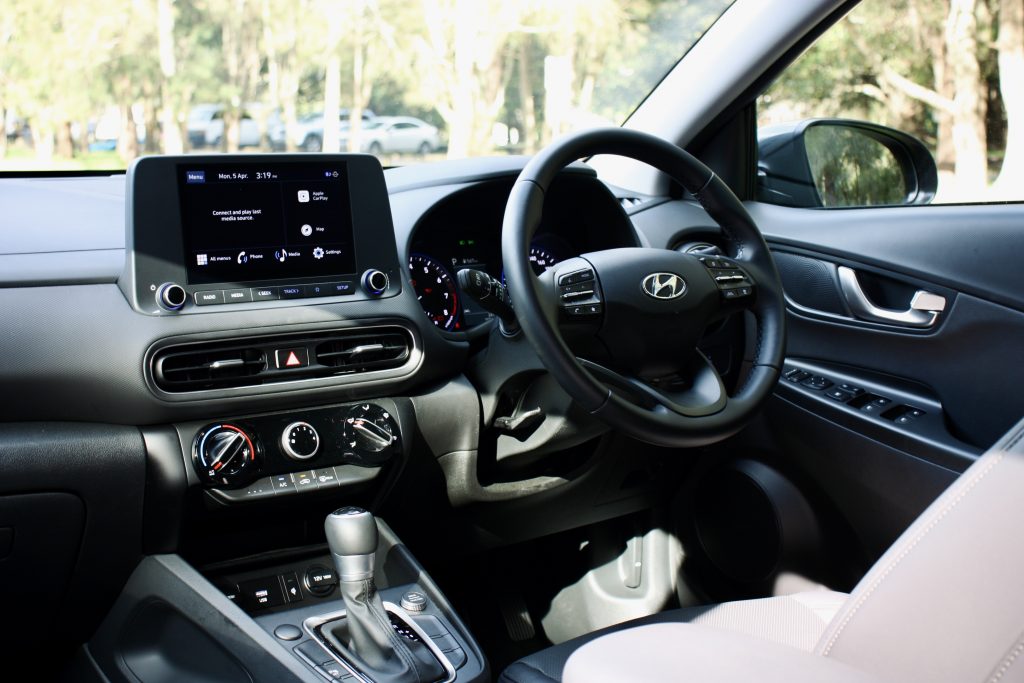
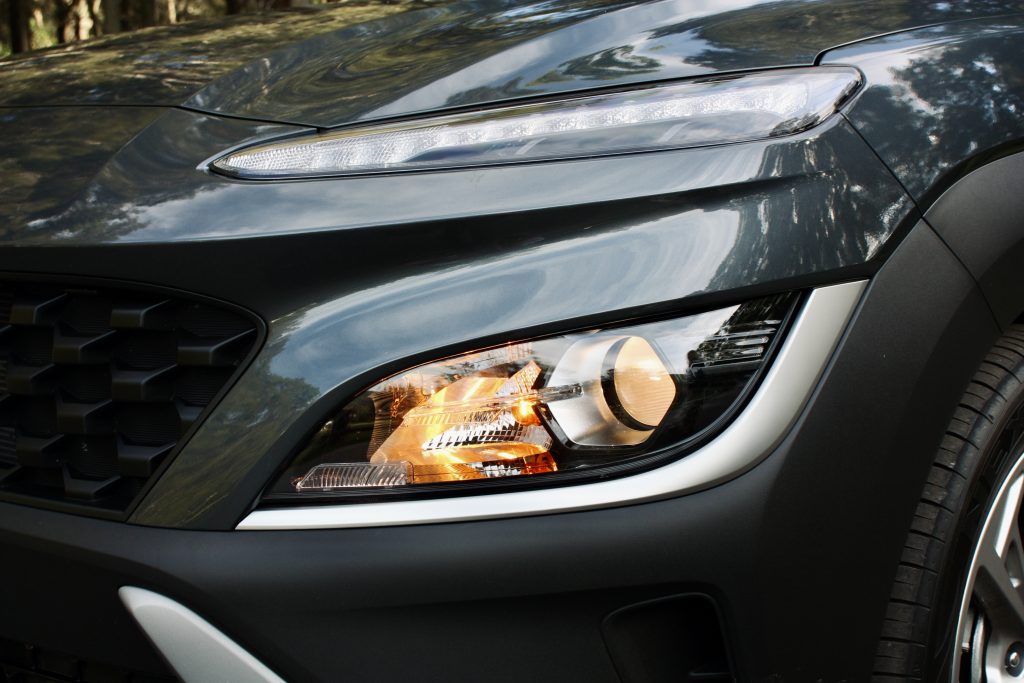
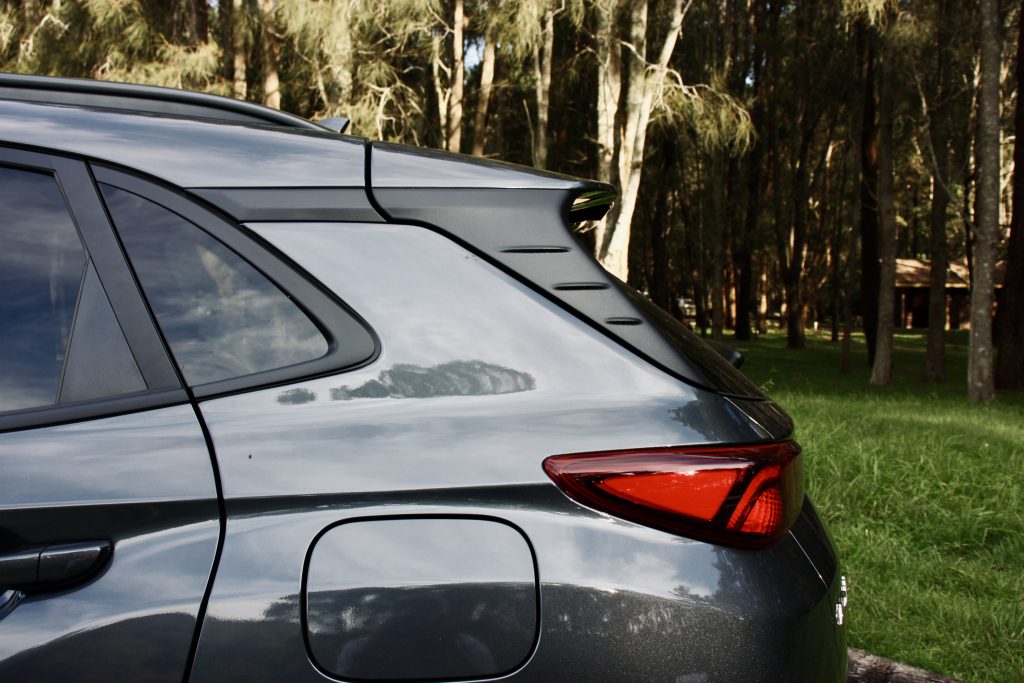
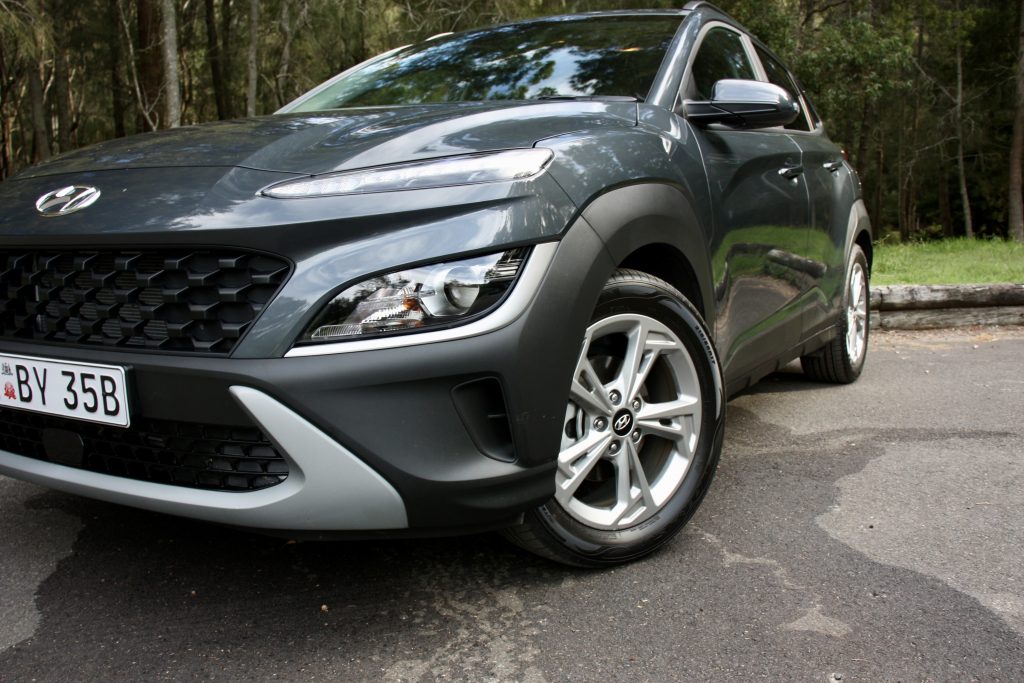
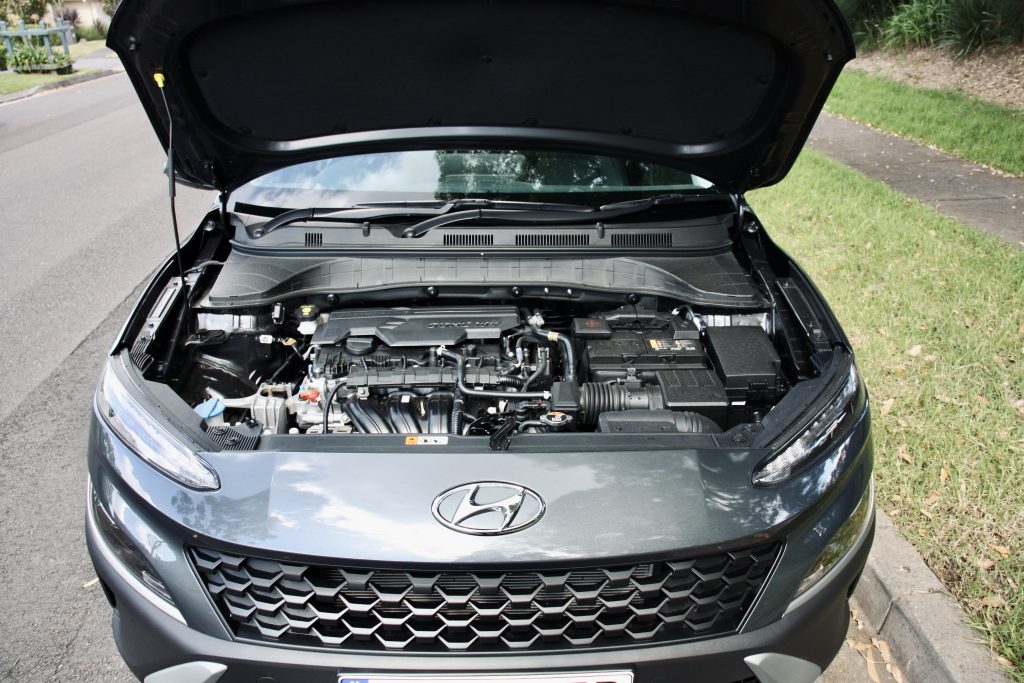
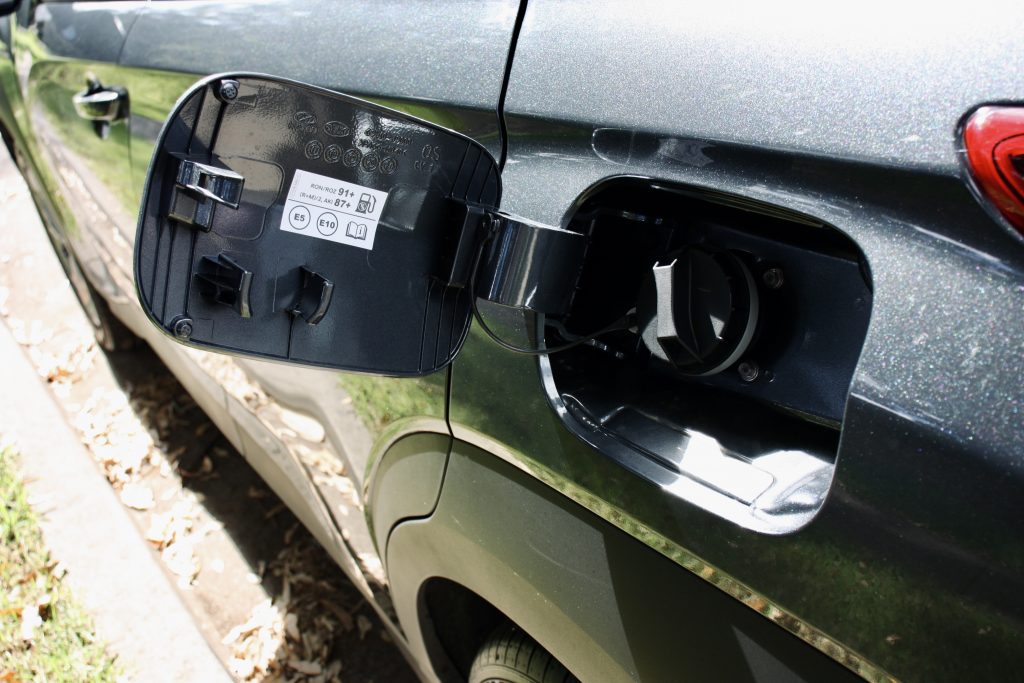
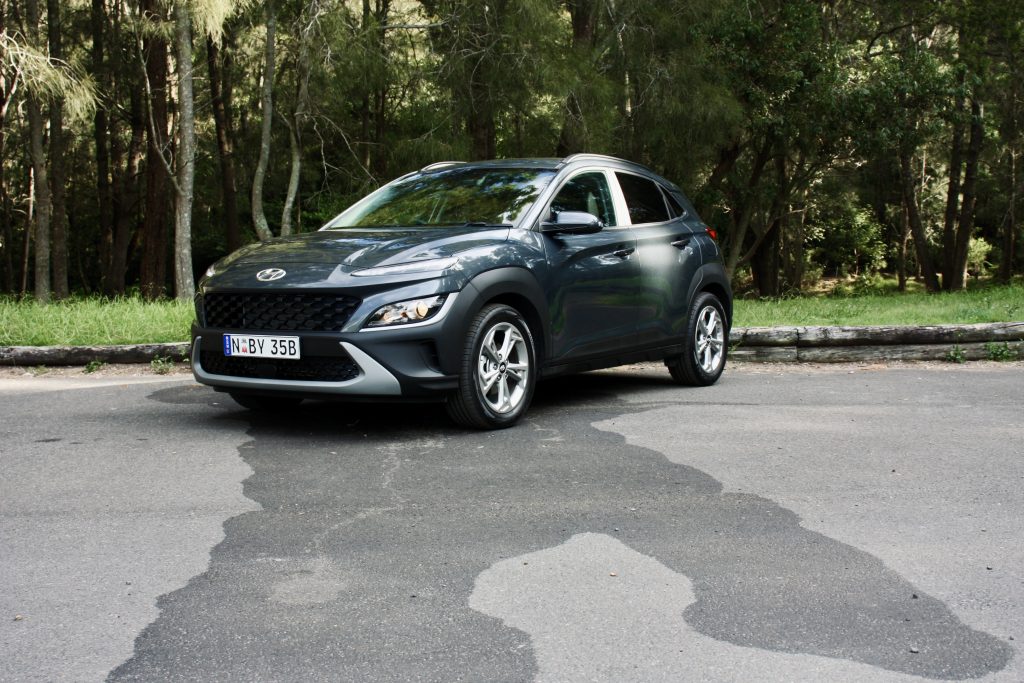
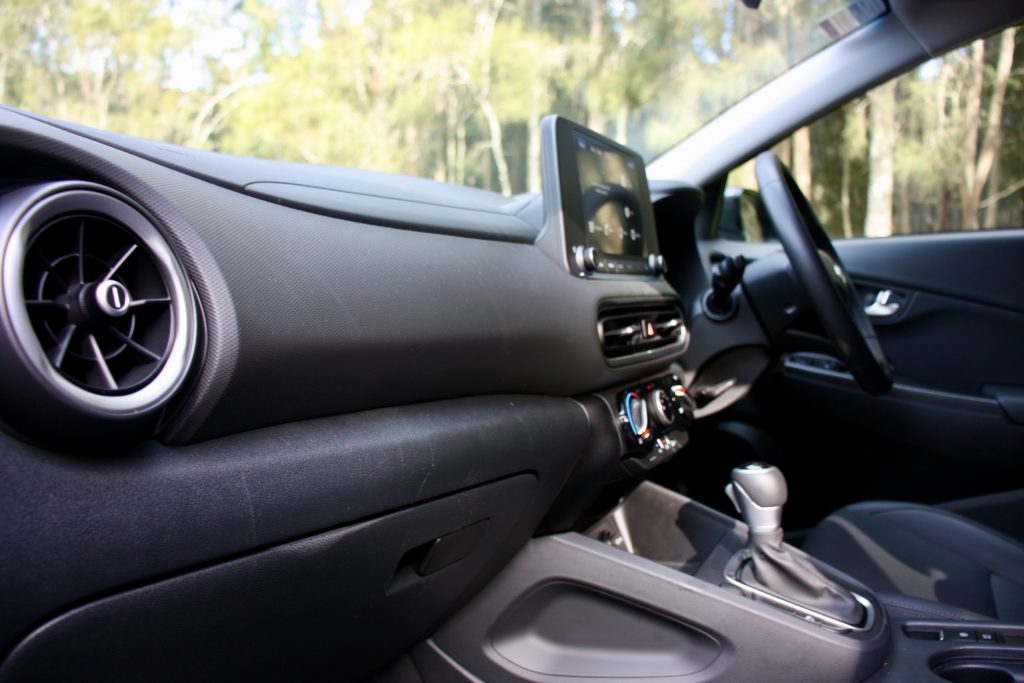
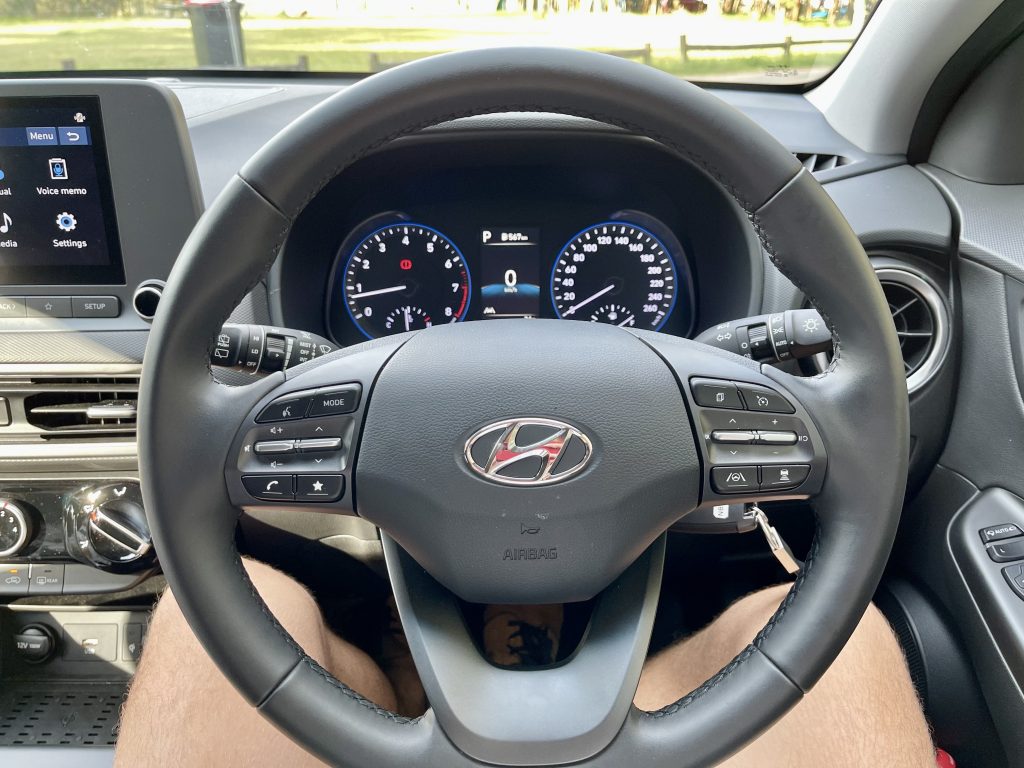
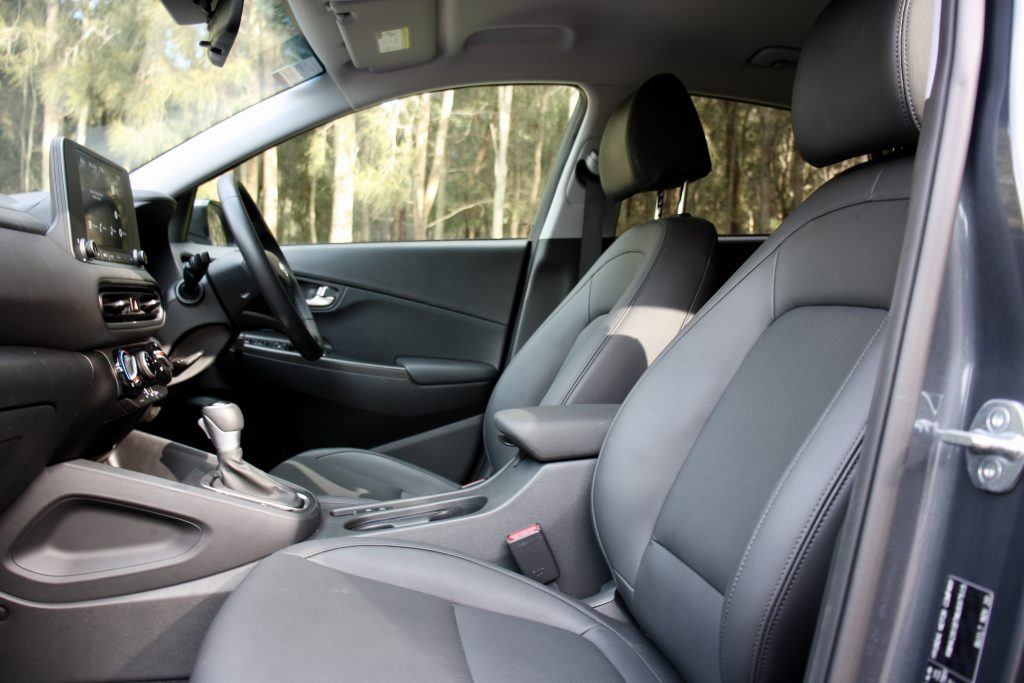
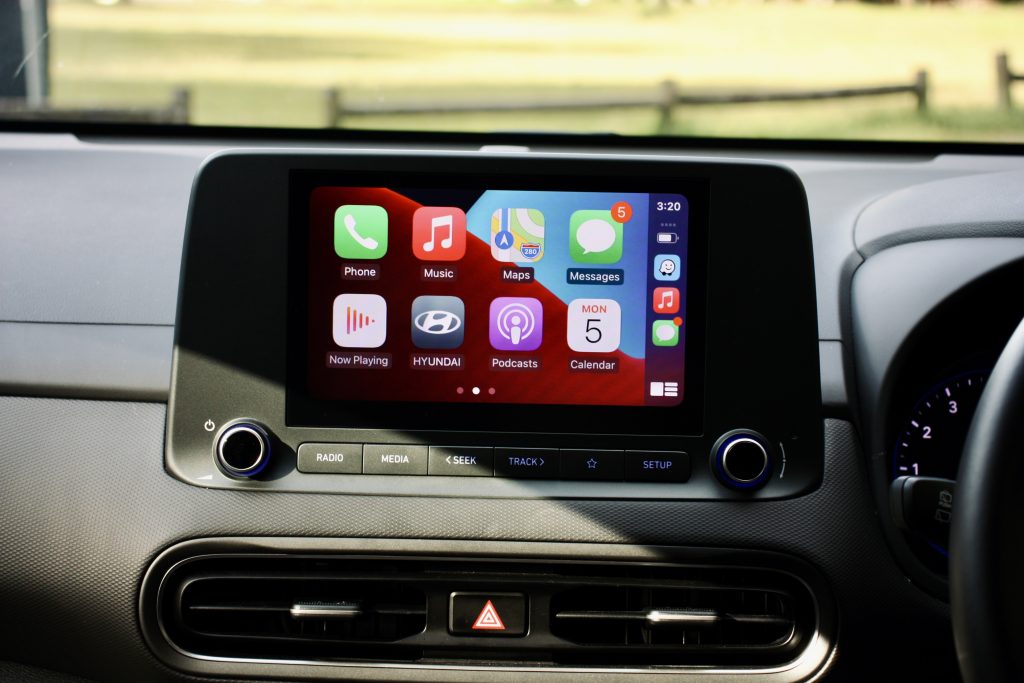
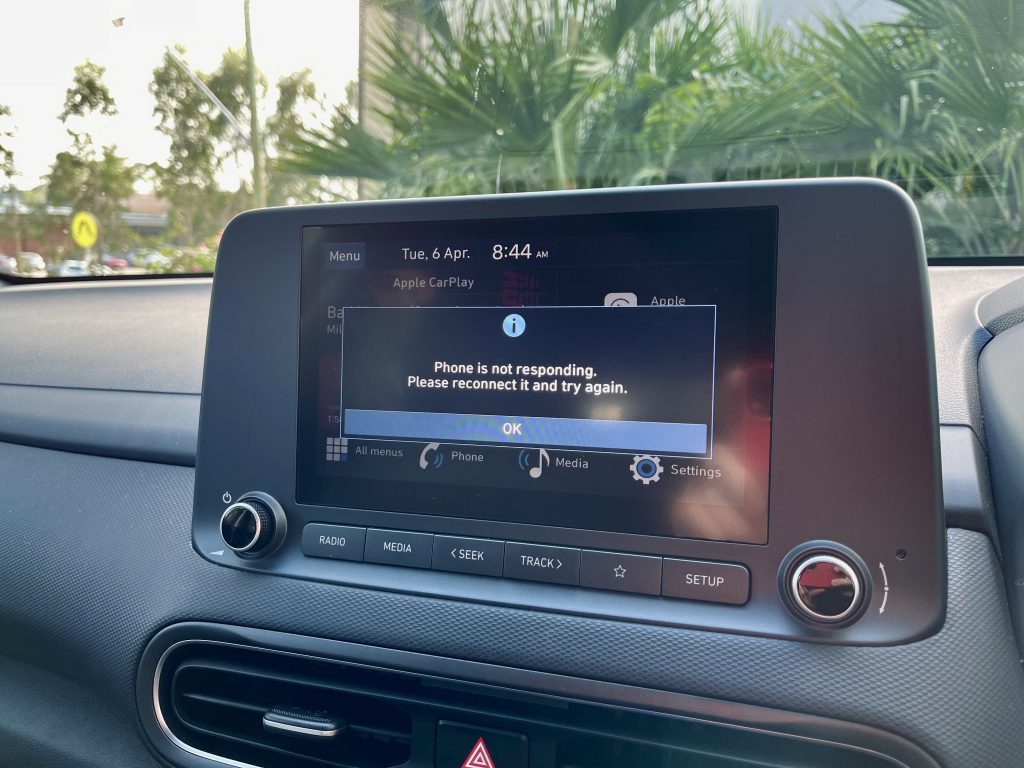
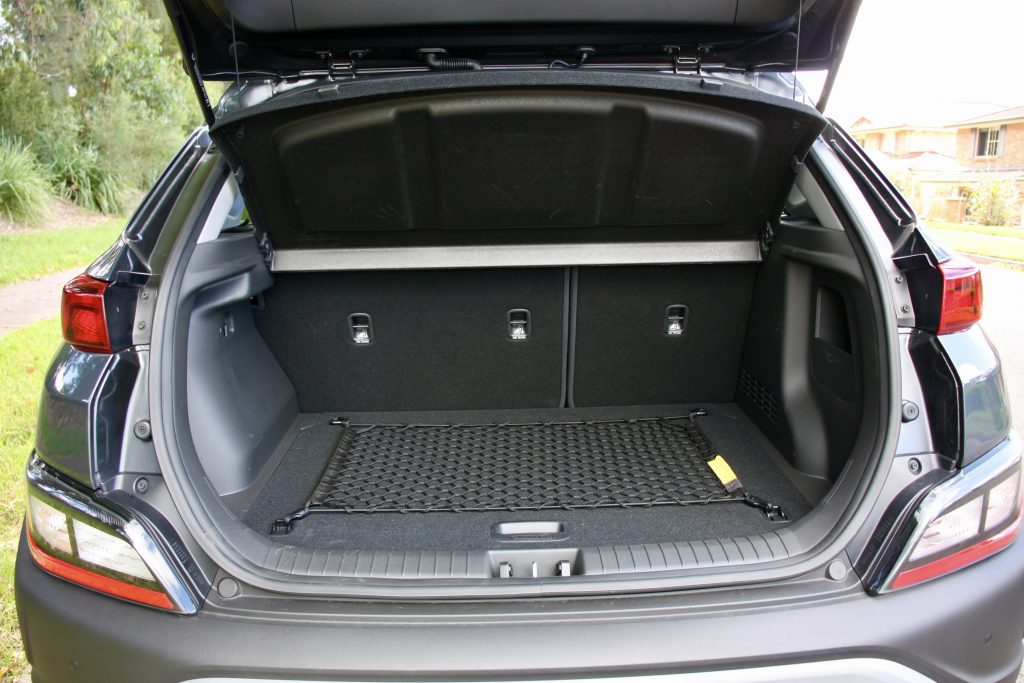
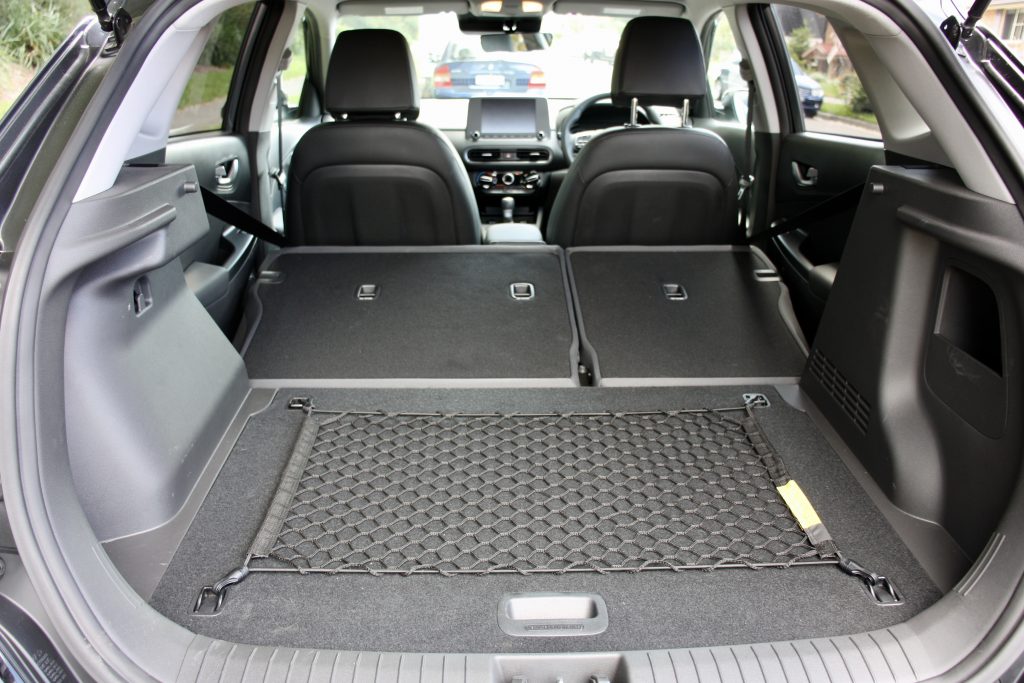
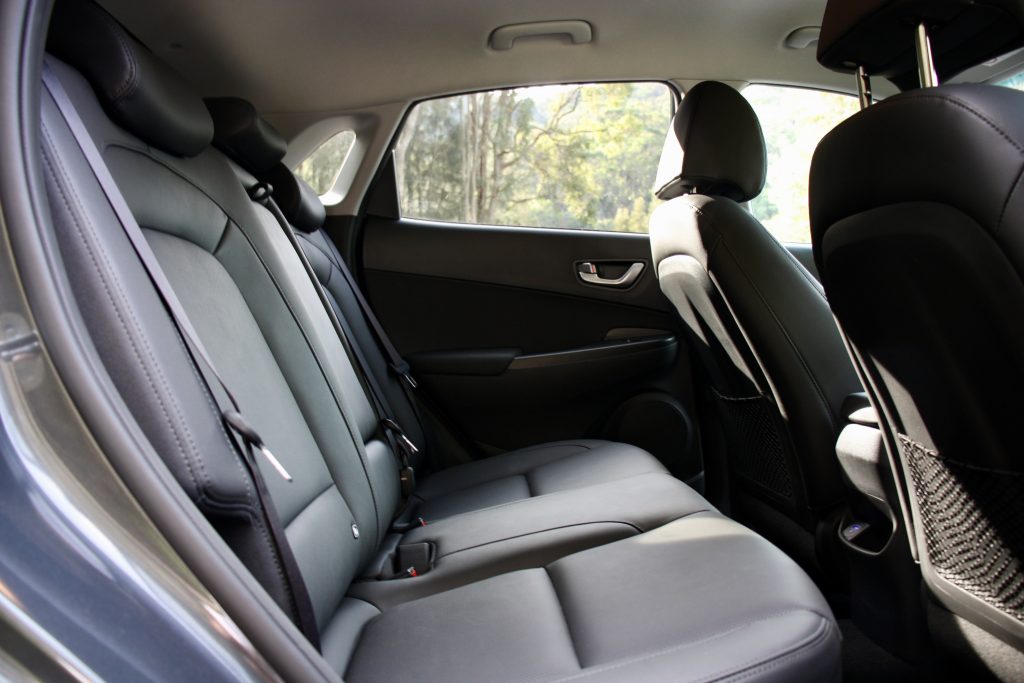
Leave a Reply